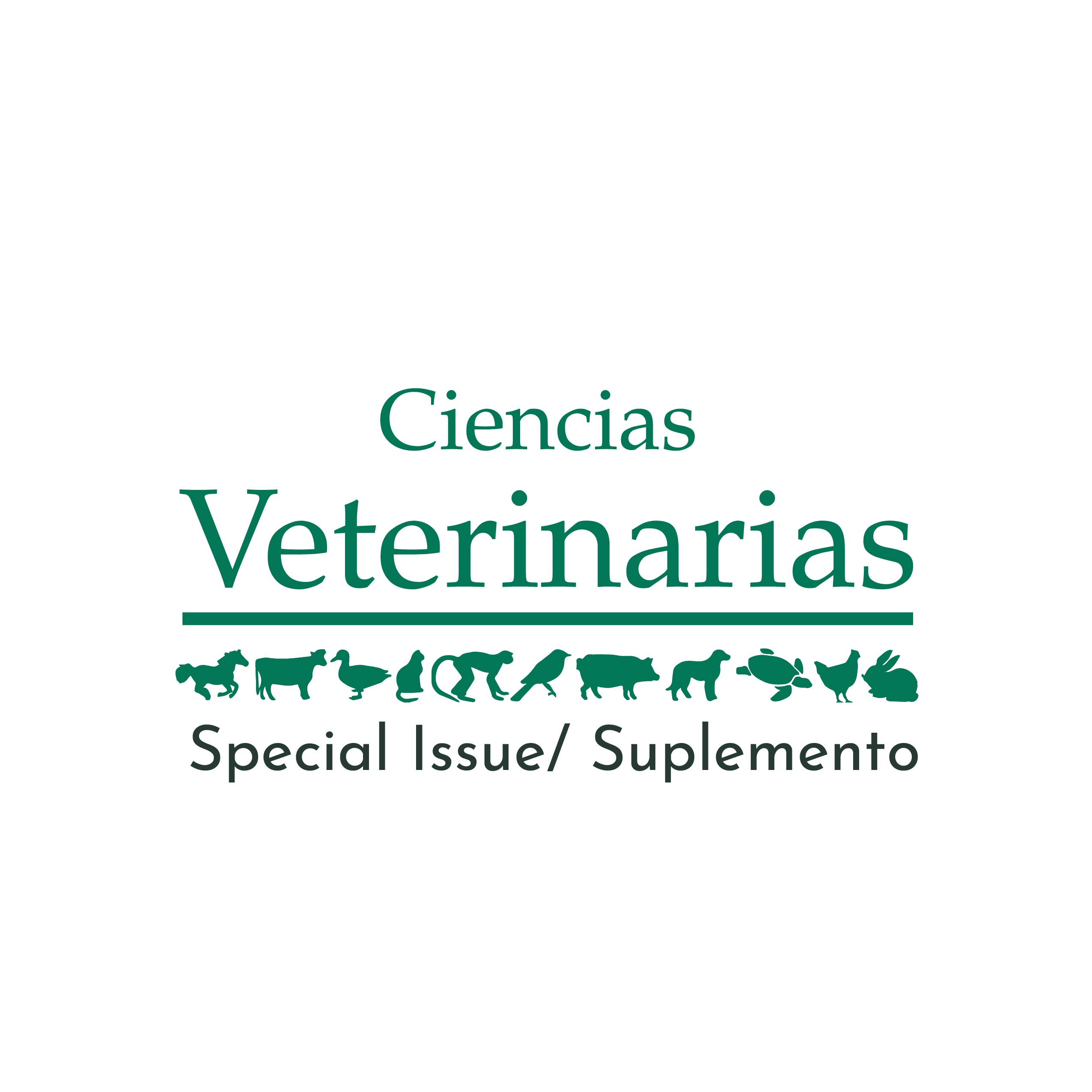Terapias con células madre para la tendinopatía equina
DOI:
https://doi.org/10.15359/rcv.37-3.6Resumen
Tendons can be injured through over-strain at a number of different sites. When injured outside a synovial cavity (extra-thecal), injuries frequently repair by fibrosis, but this tissue is functionally deficient compared to normal tendon. Stem cells offer the prospect of improving this repair to restore function and enable a successful restoration of activity while minimizing the risk of re-injury. Naturally occurring equine Superficial Digital Flexor Tendon (SDFT) overstrain injuries usually have a contained lesion, thereby enabling simple intra-tendinous injection and, by the time of stem cell implantation, is filled with granulation tissue which acts as a vascularized scaffold. An anabolic drive is provided by mechanical loading of the tendon and the suspension of mesenchymal stem cells (MSCs) in bone marrow supernatant, which we have shown to have significant anabolic effects in vitro. To test the hypothesis that stem cells will enhance tendon healing, a controlled experimental study of naturally occurring SDFT injuries (n=12) has been performed (Smith et al. 2013). MSC treatment appeared to ‘normalize’ the tissue parameters so that they were closer to the contralateral, relatively normal, and untreated tendons than saline-injected controls, in spite of labelling experiments showing the majority of cells being lost within 24 hours (Becerra et al. 2013; Sole et al. 2013). A second adequately powered and independently analyzed study evaluated the clinical outcome of naturally occurring SDFT injuries treated using this technique (n=113), which showed a significantly reduced re-injury rate (Godwin et al. 2012). Intrasynovial (intra-thecal) tendon tears usually communicate with the synovial cavity where the synovial environment is particularly challenging for successful repair. However, MSCs administered intra-synovially failed to improve healing in either equine (naturally occurring) and ovine (induced) deep digital flexor tendon (DDFT) tears (Khan et al. 2018). Labelling of the implanted cells showed them to lodge within the synovium with no cells present in the tendon defect. Scaffolds are likely to offer better advantages for enhancing repair of intra-thecal tendon tears.
Referencias
Becerra, P., Valdés, M.A., Fiske-Jackson, A.R., Dudhia, J., Neves, F., Hartman, N.G. & Smith, R.K.W. 2013. Distribution of injected technetium(99m) -labeled mesenchymal stem cells in horses with naturally occurring tendinopathy. J. Orthop. Res. 31:1096-1102. DOI: 10.1002/jor.22338
Godwin, E.E., Young, N.J., Dudhia, J., Beamish, I.C. & Smith, R.K. 2012. Implantation of bone marrow-derived mesenchymal stem cells demonstrates improved outcome in horses with overstrain injury of the superficial digital flexor tendon. Equine Vet. J. 44(1): 25-32. DOI: 10.1111/j.2042-3306.2011.00363.x
Khan, M.R., Dudhia, J., David, F.H., De Godoy, R., Mehra, V., Hughes, G., Dakin, S.G., Carr, A.J., Goodship, A.E. & Smith, R.K. 2018. Bone marrow mesenchymal stem cells do not enhance intra-synovial tendon healing despite engraftment and homing to niches within the synovium. Stem Cell Res. Ther. 9(1): 169. DOI: 10.1186/s13287-018-0900-7
Smith, R.K.W., Werling, N., Dakin, S.G., Alam, R., Goodship, A.E. & Dudhia, J. 2013. Beneficial effects of autologous bone marrow-derived mesenchymal stem cells in naturally-occurring tendinopathy. PLoS One 8 (9):e75697. DOI: 10.1371/journal.pone.0075697
Sole, A., Spriet, M., Padgett, K.A., Vaughan, B., Galuppo, L.D., Borjesson, D.L., Wisner, E.R. & Vidal, M.A. 2013. Distribution and persistence of technetium-99 hexamethyl propylene amine oxime-labelled bone marrow-derived mesenchymal stem cells in experimentally induced tendon lesions after intratendinous injection and regional perfusion of the equine distal limb. Equine Vet. J. 45(6): 726-731. DOI: 10.1111/evj.12063
Descargas
Publicado
Cómo citar
Número
Sección
Licencia
Licenciamiento de los artículos
Todo artículo se publicará con una licencia:

Licencia Creative Commons Atribución-NoComercial-SinDerivadas 3.0 Costa Rica.
El acceso a esta revista es gratuito, solo se debe citar en forma completa el artículo y la revista.
Los derechos de propiedad intelectual son del autor. Una vez aceptado el artículo para su publicación el autor cede a la Revista los derechos de reproducción.
La Revista de Ciencias Veterinarias autoriza la impresión de artículos y fotocopias para uso personal. También, se promueve el uso para fines educacionales. Especialmente: instituciones podrán crear enlaces a artículos específicos que se encuentren en el servidor de la revista a fin de conformar paquetes de cursos, seminarios o como material de instrucción.
El autor puede colocar una copia de la versión definitiva en su servidor aunque se recomienda que mantenga un enlace al servidor de la revista donde está el artículo original.
Las violaciones de propiedad intelectual recaen sobre quien la realizó. No es responsable la empresa o institución que da acceso a los contenidos, ya sea porque actúa sólo como transmisora de información (por ejemplo, proveedores de acceso a Internet) o porque ofrece servicios públicos de servidores.







